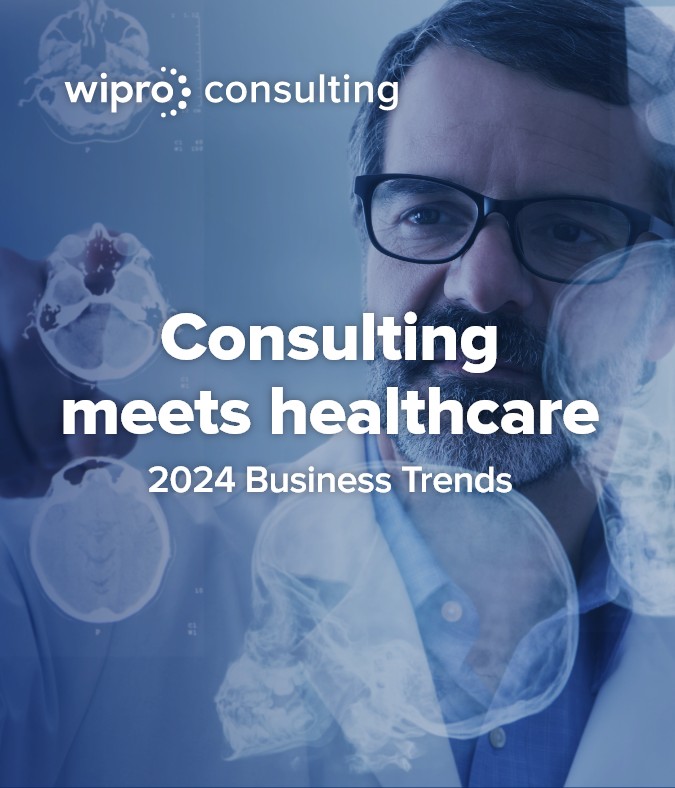These Tech Trends Will Reshape Healthcare in 2024
In the last few years, emerging technologies have positively impacted the health and well-being of people around the globe. Connected devices and other new data sources are increasing, as is our ability to synthesize data using AI. Across the healthcare landscape, data collection and advanced analytics will improve everything from back-office efficiency to patient experiences and concrete patient health outcomes. The following three technology trends will define the industry’s trajectory in the coming year.
1. The continuing adoption of connected care enablers
Studies have shown that patient outcomes are better and less costly when care is given at home rather than in a hospital. The COVID pandemic spurred a telemedicine wave, allowing care protocols to catch up with the data. But there is still much work to be done when moving more care out of a hospital setting. The home care of the future will be deeply connected care, and this ecosystem is now being improved and extended with wearable devices and new digital tools.
Connected digital tools play a significant role in connected care by assisting patients and providers in streamlining the care continuum. Digital therapeutics, disease screening, patient education/training, and care navigation can be improved using digital tools. Wearable devices can now monitor a patient’s vitals (blood pressure, A1C, etc.) in real-time and send readings to a patient’s provider. Beyond opportunities to track and monitor a patient’s condition, new approaches to patient-facing applications will allow patients to have more frequent virtual check-ins with their providers. Virtual healthcare assistants, meanwhile, will guide patients to the information they need and make recommendations. Digital therapeutics will also powerfully impact mental health and behavioral health determinants. These connected care/home care advancements will reduce hospital strain and improve patient outcomes.
As the ecosystem of connected care tools evolves, organizations must focus on adjusting their delivery models to accommodate more data, changing reimbursement requirements, and measuring connected care's clinical and financial ROI.
2. Operationalizing GenAI (and teams to support it)
GenAI’s ability to process massive volumes of data makes it a valuable tool for healthcare. While there are many regulatory concerns about how GenAI will interact with patient data, the technology can still move the needle in assisting clinical diagnoses and advancing genomic sequencing for disease detection. On the administrative side of healthcare, it promises dramatic workflow benefits. GenAI can provide efficiency benefits for insurers in billing management and operations, and GenAI chatbots can produce human-like interactions for patients in healthcare customer service tasks. Physician practices can utilize GenAI for care personalization and optimization, billing management, payer automation, and provider task automation – all potential areas of disruption.
A critical first step is building teams equipped to develop GenAI use cases and deploy GenAI tools. AI tools and models need to be taught and constantly tested, which helps ensure that the outcomes are trustworthy. Creating centers of excellence (COEs) for GenAI will allow healthcare organizations to align the resources and technical talent to drive GenAI’s success.
3. Building an interoperable data foundation
Connected devices and healthcare systems are making data more available, and AI/ML has made data analytics more efficient. However, those technologies can be hamstrung by suboptimal data practices. The industry continues to need help with data interoperability. All stakeholders need to store and share electronic health data in a way that is intelligible across healthcare systems and settings. Fully integrated and interoperable health data will allow healthcare providers (and public/NGO entities) to leverage advanced analytics more fully and identify trends and patterns that will impact medical care and population-level health outcomes.
To leverage health data for good, the healthcare industry must abide by robust data governance to protect patient privacy. Data architecture requirements have become more complex with multiple streams of data inputs. Many health organizations have immature data processes and technology, such as segmented datasets. Others do not own their data or do not provide practical self-service data tools to their employees. Healthcare businesses must overcome these challenges to remain competitive, drive growth, and convince patients and regulators that their data practices are secure and highly impactful.
In healthcare, technology developments have the potential to improve patient outcomes, reduce costs for everyone, and open patient access to better care. Data is the crux of all these trends. The growing digital tool market will enrich patient data and present healthcare companies with a more accessible data landscape. Ultimately, these advancements drive a whole patient data approach that improves care for all. Given the current stress on the US and global healthcare systems, these technology-enabled efficiencies and advancements will be a welcome development.
 Locations
Locations




